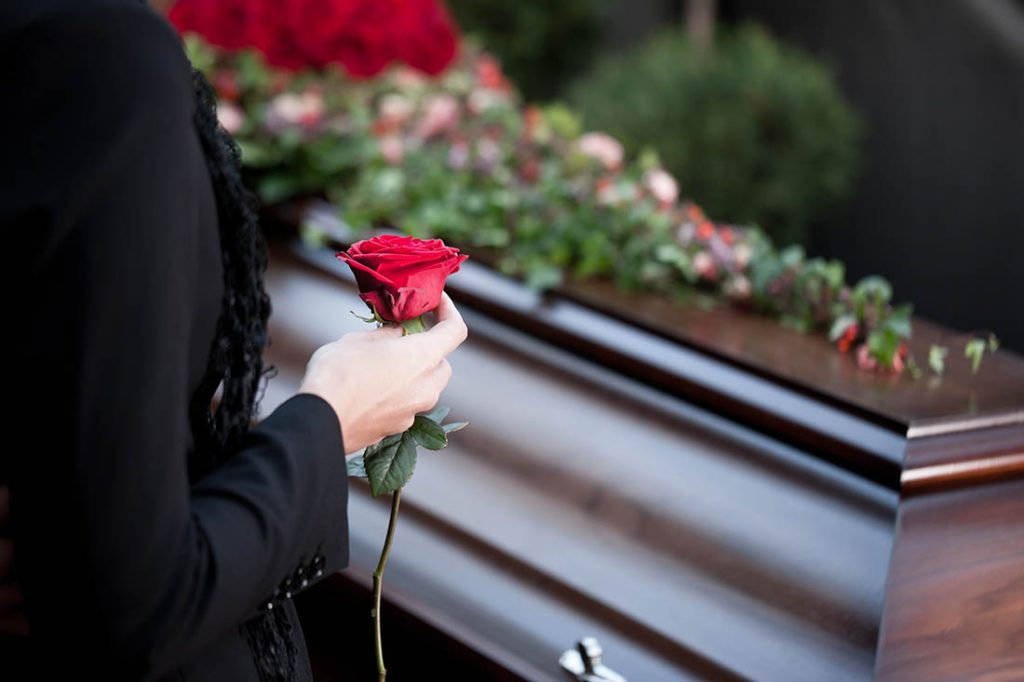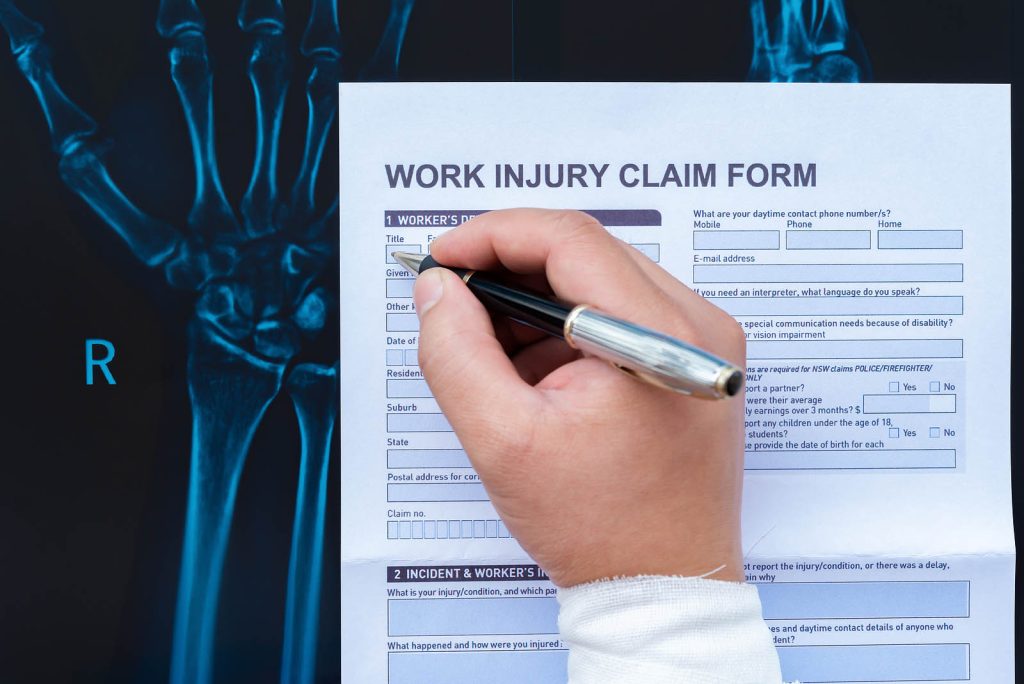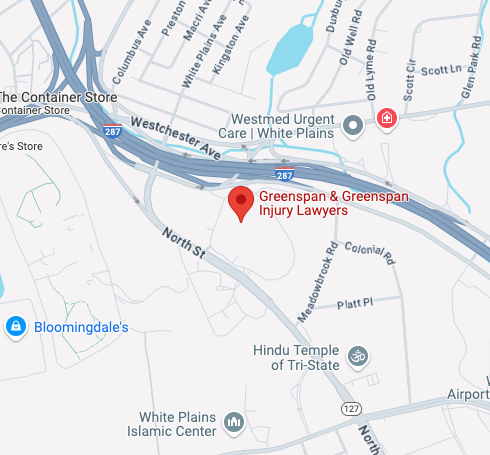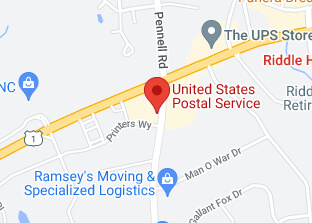A proposed federal rule to require auto makers to equip all new vehicles with back-up cameras has been put on hold–at least temporarily.
Last December, the National Highway Transportation Safety Administration (NHTSA) proposed a new rule that would require car manufacturers to include back-up cameras in all new passenger vehicles by 2014. To help meet the deadline and make the transition easier, installation would be completed in phases, with auto makers being required to equip at least 10 percent of their fleet with the devices by 2012, 40 percent by 2013 and 100 percent by 2014.
The agency was supposed to finish up the rule-making process and announce the finalized rule by February 2011. But when the deadline came, NHTSA asked Congress for more time to review public comments before finalizing the rule.
New Regulation Meant To Protect Children, Elderly
The primary purpose of the new regulation is to prevent injuries and deaths from back-up accidents, particularly among those most vulnerable to these types of accidents–children and the elderly. According to NHTSA estimates, nearly 300 people are killed each year and another 18,000 injured in back-up accidents. Of those killed, one-third are children and another one-third are the elderly.
The occurrence of back-up accidents has increased as SUVs, pick-up trucks and other large vehicles have become more popular with U.S. drivers. With the increase in the size of vehicles on the road has come an equal increase in the size of the blind spot behind these vehicles.
NHTSA acknowledges that mandating back-up cameras will not prevent all car accidents of this type from occurring, but the agency believes that the devices will go a long way towards decreasing the incidence of back-up accidents.
NHTSA made the back-up camera proposal at the direction of Congress as part of the Cameron Gulbransen Kids Transportation and Safety Act of 2007. The Act was named after 2-year-old Cameron Gulbransen, who was killed when his father accidentally hit him while backing up out of the family’s driveway.
In addition to requiring the installation of back-up cameras in all new vehicles, the Act also requires automakers to improve other safety measures in vehicles, including:
- Power windows and panels that automatically reverse direction when obstructions, like a child’s head or limbs, are detected
- Service brakes that remain engaged in all key positions to help prevent children from accidentally shifting the vehicle into gear
Once the back-up camera regulation goes into effect, it is expected to save approximately 100 lives per year nationally.
Cost Biggest Factor In Delay
NHTSA’s delay in issuing an official back-up camera rule is due in part to objections issued by automakers. While they have been supportive overall of the plan to mandate back-up cameras in new vehicles, they have expressed concerns about the costs associated with implementing the new rule, especially if they are expected to equip their entire fleets with the cameras in as little as four years.
NHTSA has projected the costs to the auto industry to be between $1.9 and $2.7 billion annually, which far exceeds the potential economic savings calculated by NHTSA analysts, which were between $11.3 million and $72.2 million per life saved.
The per vehicle cost to install cameras in vehicles that already have display screens is $58-$88 per vehicle. The projected costs per vehicle are significantly higher for those without display screens, at $159 to $203.
Alliance of Automobile Manufacturers, a trade group representing 12 auto makers in the U.S. including GM, Ford and Toyota, has asked NHTSA to give them more time to implement the new rule. Without more time, the auto industry may be forced to pass on at least some of the costs of installing back-up cameras to consumers by increasing the price of new vehicles.
At this point, it is unclear if NHTSA intends to give auto makers what they want. When the agency asked Congress for the extension, it said nothing of any plans to move back the compliance deadline for the automobile industry. NHTSA spokespeople also have said that the costs are worth it if even one life is saved.
Conclusion
The public comment period on the proposed back-up camera rule was extended to April 18, 2011. Despite auto industry objections, a new rule is expected to be finalized by the end of the year.
For more information on your rights following a back-up accident or other motor vehicle accident, contact an experienced New York personal injury attorney at our firm today. We are experienced in working with accident victims and can help you move forward.








